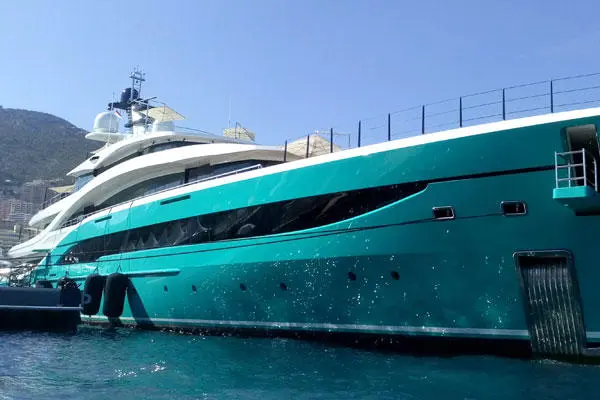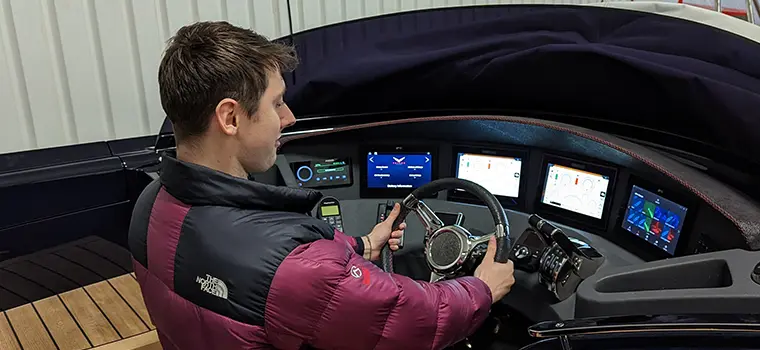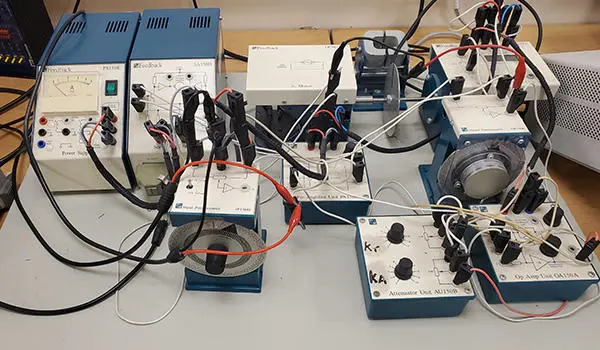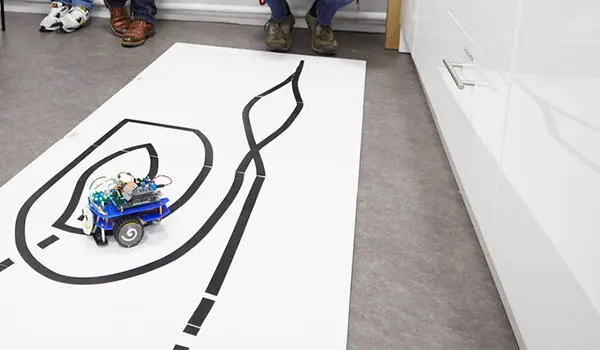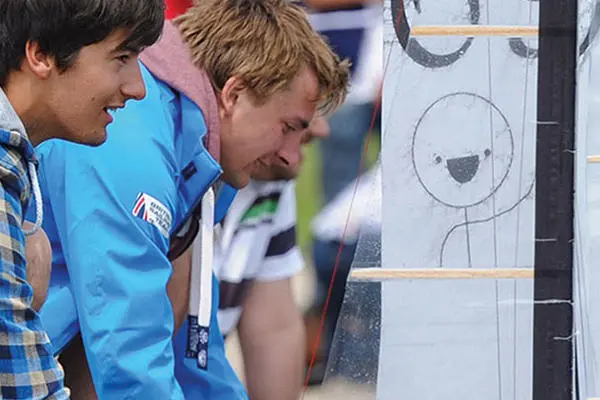
It’s hard to select a special uni moment, there were so many. Every person on my course (including our tutors and lecturers) had one thing in common – a strong love of boats; and having a common interest is what makes the course like a big family, which is quite unusual.
And the course absolutely meets the demands of the modern yachting and shipbuilding industry. The access to the towing tank, stability tank, FRP workshop and CAD room full of the most advanced programs were vital. It is an engineering course, that is why apart from knowing the rules, maths, and physics, it is important to understand how things work.
Group projects are also industry-driven, and reflect real company dynamics. For our final first year assignment we had to design a model boat to a box rule, using basic principles of naval architecture, and build it in the Fibre Reinforced Plastic (FRP) workshop. We raced our little yachts in Gosport. It was a really cool challenge, everyone was really competitive from the beginning and we all had a lot of fun.


I recommend this course for all those who want to start a career in yacht design industry. University helped me to get closer to my dreams, and I wish you the same.
Plus the lecturers have an enormous amount of experience, which inspires you a lot and they make clear how the industry works. By the end of the course I had a bit of everything – naval architect, structural engineer, and stylist knowledge. It was a hard choice on what to do next.
In my second year I was representing Solent University at the London Boat Show and won a couple of days' work experience in Olesinski Naval Architects, a yacht design company based on the Isle of Wight. This was a prize for the second place in the Young Designer Competition held by Superyacht UK and British Marine. Now I work at the company as a structural engineer. We have all three disciplines in-house – design, naval architecture and structural engineering – which is quite rare.
In structures we make things work. One day it is a development of the entire hull structure, another day it is an analysis of a particular part of the boat, like a giant sliding roof or cleat support laminate.
The tasks are so varied and challenging. Mainly we work with composite structures, so it is never boring. We do hand calculations, design lay-ups, create a full representation of all structural elements using 3D modelling and drafting, and complete FEA (Finite Element Analysis). Thanks to the yacht and powercraft course I was absolutely ready for completing all these tasks.


